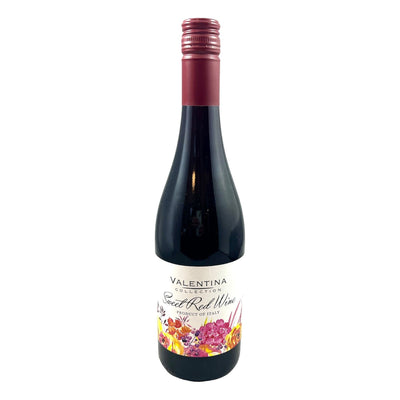Lord of Grapes
After nearly three years of experimentation with grape-based ingredients, I have discovered many ways to use grape in mixology. Grape is one of the most versatile fruits as its flavour profile changes with each different variety and location. The main differences are usually the natural levels of sweetness and acidity that will determine the right time of harvest. The wine fermentation is also a big part of the flavor development where grapes offer a large selection of different notes in the nose and on the palate.
While researching how to showcase these characteristics in a cocktail I inspired myself in the Mai Tai cocktail and Lord of Grapes started coming to life. Similarly to its inspiration, the cocktail is based on two similar but different spirits, this time Cognac and Pisco. The Cognac is produced in France and based on Ugni-Blanc, a white grape variety known for the high concentration of acidity, that holds up to longer barrel ageing, which leads to higher potential in flavour development.
On the other side, Pisco is produced in Peru and based on Quebranta, a dark grape with a sweeter profile native at the Peruvian coast known for its dry climate. Those two different wines are distilled in copper pot stills, then aged in French oak (Cognac), or bottled straight after distillation (Pisco). Coming back to the classic Mai Tai, you might compare the cognac with dark rum, while the light rum is substituted by Pisco.
To further develop the drink’s grape theme, I’m using Verjus instead of the traditional lime juice. As mentioned before, Ugni-Blanc grape is mostly cultivated in the Cognac region and chosen for its acidic profile. If harvested early, this grape has pH levels of a lemon and can, therefore, be used as an acidifier instead of citrus fruits, an old tradition from when lemons or limes weren’t available in Europe. Historically, Verjus was used to acidify food and drinks before the Second Crusade in 1144. In French Verjus means “green juice”, referring to it unripe colour. In the Lord of Grape, Verjus acts as a grape acidifier that doesn’t distract, but enhance the main flavour profile of the drink.
Shake and double strain, pour over ice cubes in a rock glass. Garnish with a sage leaf.
To balance out all the ingredients, I’m using a homemade walnut orgeat that combines perfectly with the woody notes of the Cognac. Orgeat is a traditional syrup based on almond milk mostly known for its use in the Mai Tai. But to keep the grape in the focus, I’m using walnuts instead of almonds, as they are often mentioned as a tasting note in fermented wines or aged spirit. The slight nutty notes round out the cocktail and bring a fresh and balanced sweetness. And for the last magical touch, sage is added to the shaker with the rest of the ingredients to extract its aroma and add fresh green notes to the final result.
Lord of the Grapes
30ml Cognac
20ml Pisco
30ml Verjus
15ml Walnut Orgeat
1 Sage Sprig













